Stoke Mandeville: HS2 to move 3,000 bodies from medieval churchyard
- Published
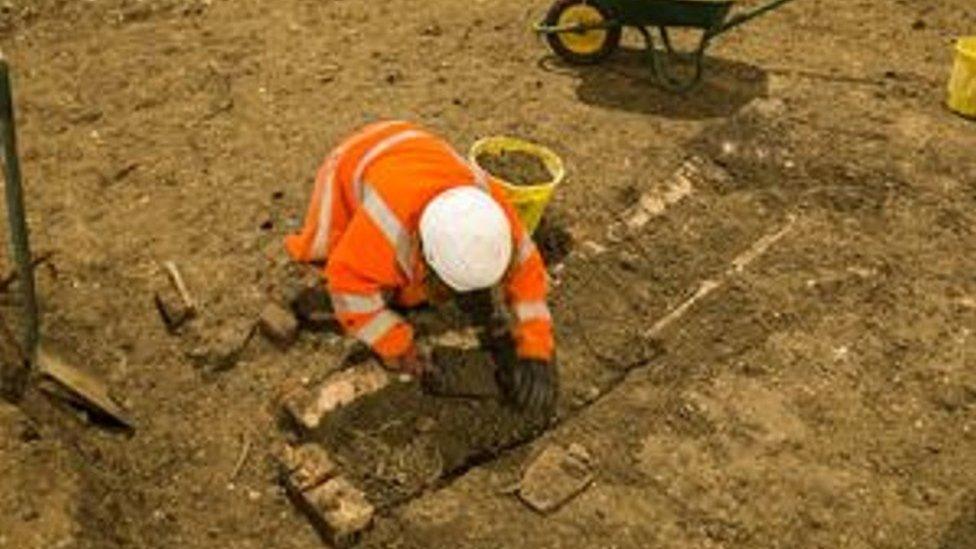
The old St Mary's Church dates back to 1080
Around 3,000 bodies will be moved to a new burial site as part of the excavation of a medieval church on the HS2 rail link route.
Archaeologists are working on the site of the old St Mary's Church in Stoke Mandeville, Buckinghamshire, which dates back to 1080.
The remains will be reburied at a new site with a specially created monument.
Helen Wass, head of heritage for HS2 Ltd, said the work would "shine a light on what life was like" in the area.
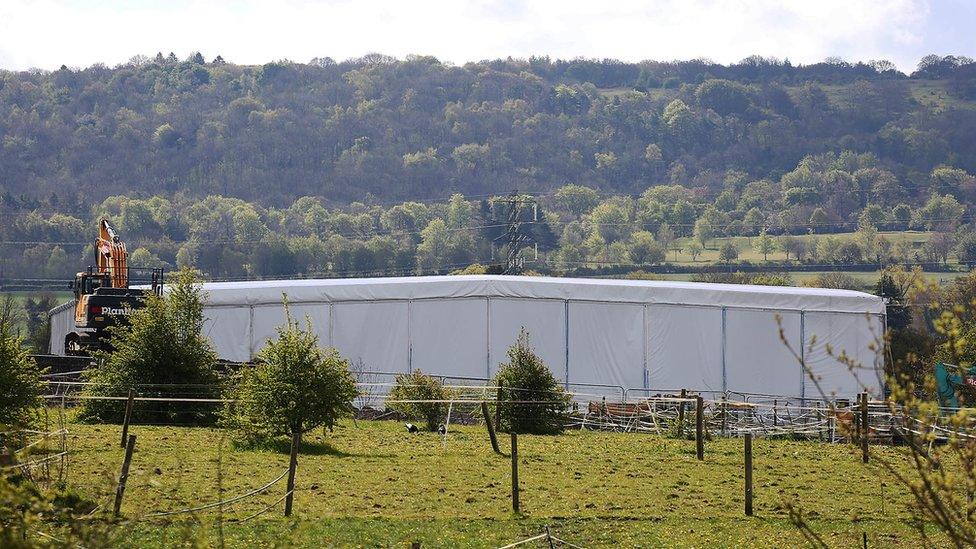
A vast tent has been set up over the burial site to allow the moving of the bodies
The old church, built shortly after the Norman conquest of England, fell into disrepair after a new church was built in the 1880s.
According to local accounts, a child was killed by falling masonry in the 1930s, and by 1966 the Royal Engineers were drafted in to demolish the building.
The remaining rubble has since become overgrown with vegetation.
The church burial ground was in use for 900 years with the last recorded interment in 1908.
The old church's position on the route of HS2 means it is being removed by works contractor Fusion-JV and a team from from LP-Archaeology.
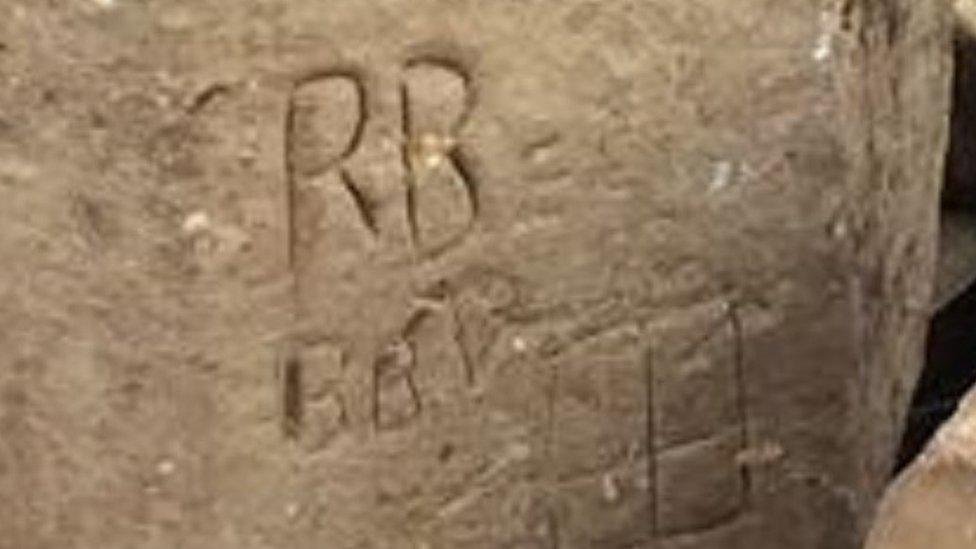
Medieval graffiti has been unearthed by HS2 archaeologists
Since work began in 2018 the well-preserved walls and structural features of the church have been revealed, along with unusual stone carvings and medieval graffiti including markings believed to be sun dials or witching marks.
This year work started on the final phase of excavations, with a large tent constructed over the site.
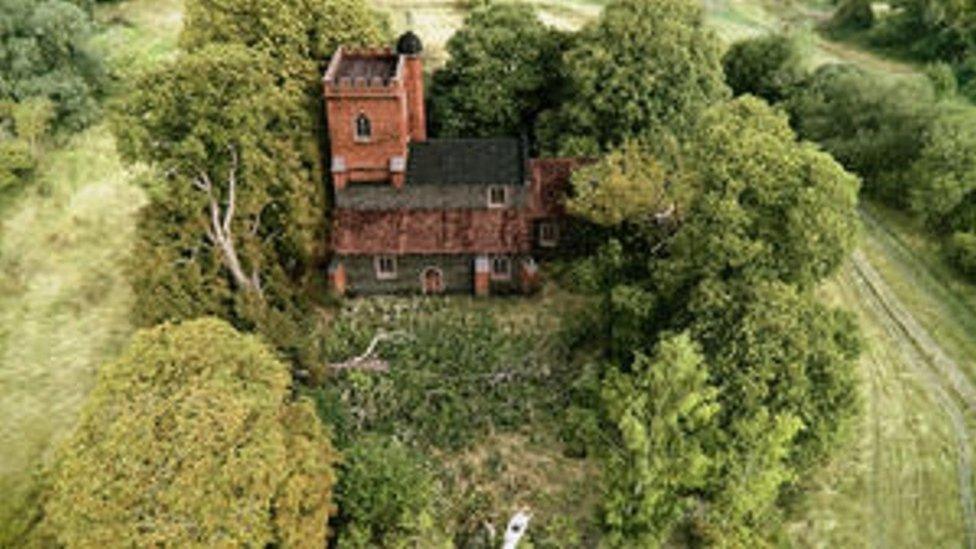
HS2 has used computer-generated imagery to show how a rebuilt St Mary's Church would look
Over the next six months, a team of 40 archaeologists will remove the remaining church structure and excavate around 3,000 people buried in the churchyard.
A final decision on where artefacts or the remains of the church itself will go has not yet been made.
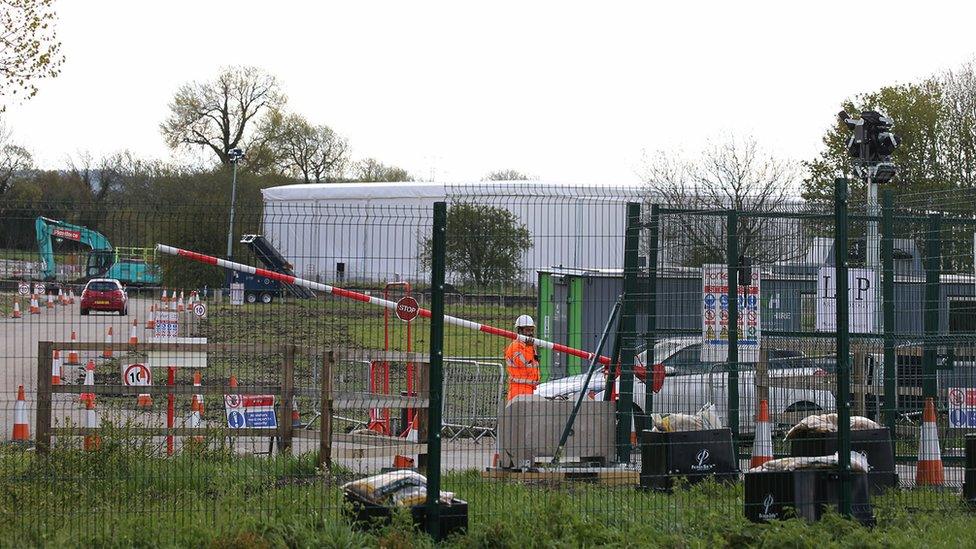
Around 40 archaeologists will work on the site for the next six months
Ms Wass said the work was "an exceptional opportunity for archaeologists to uncover and shine a light on what life was like for the community of Stoke Mandeville over such a timespan".
She said any discoveries would be shared via open days and lectures.
Rachel Wood, a project archaeologist for Fusion JV, said: "Those buried there will be remembered once again and the lives they lived over 900 years understood."

Find BBC News: East of England on Facebook, external, Instagram, external and Twitter, external. If you have a story suggestion email eastofenglandnews@bbc.co.uk, external
Related topics
- Published16 April 2021
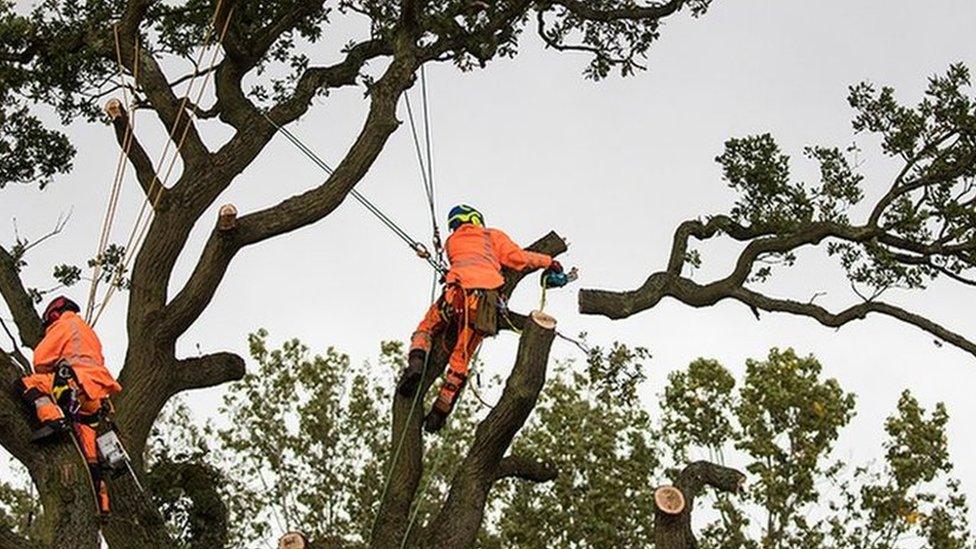
- Published8 April 2021
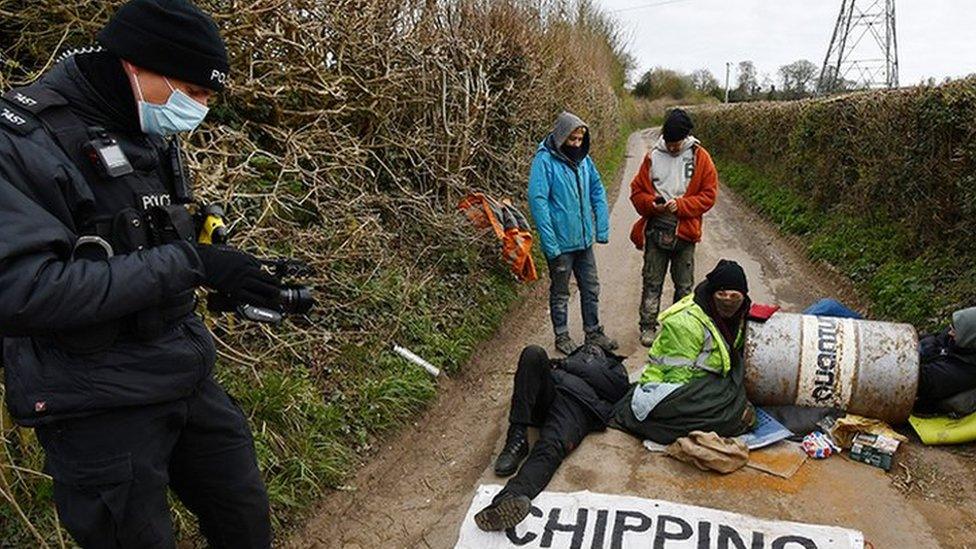
- Published11 February 2021
